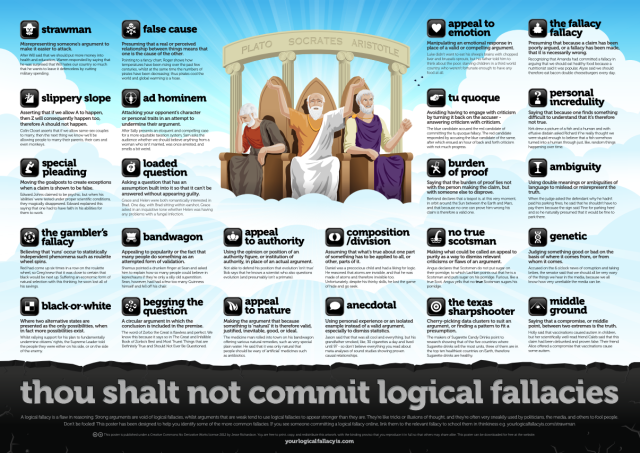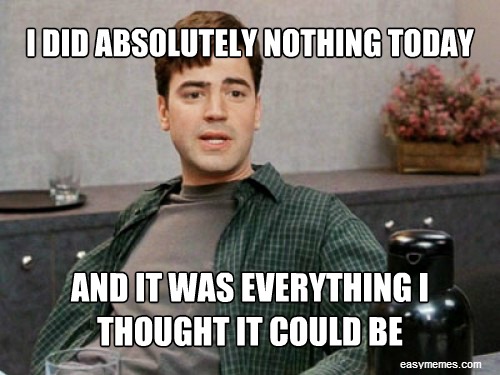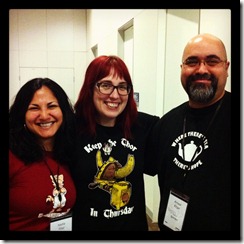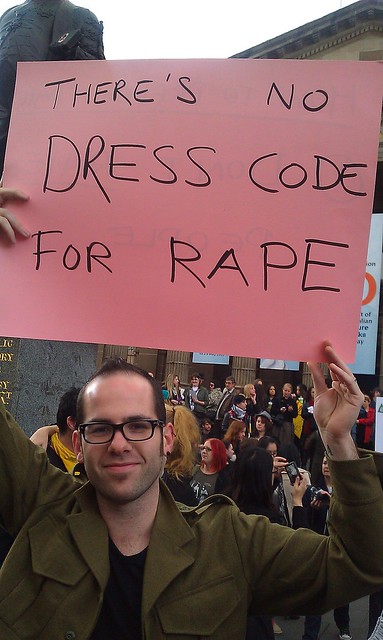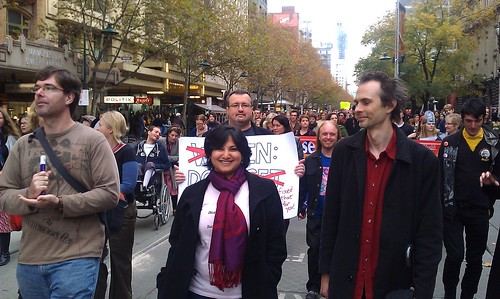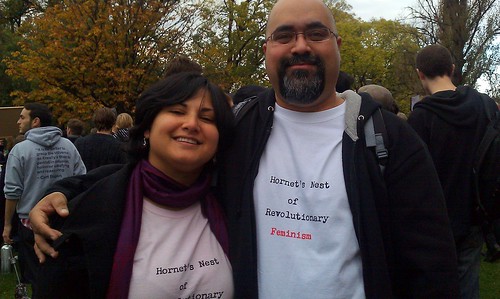Earlier this month, in a post about the upgrade of the Melbourne tram network map, I mentioned that I really loved the London Underground Tube map and the MTA New York Subway map.

A lot has been written about these maps so I don’t have much to add but here some information are bunch of links about them that you might find interesting.
London Underground Tube Map
Let’s start with the Wikipedia entry for this map which summarises its origins:
The first diagrammatic map of the Underground was designed by Harry Beck in 1931. Beck was an Underground employee who realised that because the railway ran mostly underground, the physical locations of the stations were irrelevant to the traveller wanting to know how to get to one station from another - only the topology of the railway mattered.
...
To this end, he devised a simplified map, consisting of stations, straight line segments connecting them, and the River Thames; lines ran only vertically, horizontally, or on 45 degree diagonals. To make the map clearer and to emphasise connections, Beck differentiated between ordinary stations (marked with tick marks) and interchanges (marked with diamonds). The Underground was initially sceptical of his proposal - it was an uncommissioned spare-time project, and it was tentatively introduced to the public in a small pamphlet in 1933. It immediately became popular, and the Underground has used topological maps to illustrate the network ever since.
This is the map that started it all: It was a proper transport system infographic and not a route overlay (underlay?) drawn on top of a geographically accurate aboveground map.
Here’s what the map looks like today:

You can read more about the Underground map on the BBC’s h2g2 website and can see images of it through its history on the Guardian’s website. There’s also more detail about it’s history (till 2002) here.
For something more awesome, check out:
Oh, and if you’re interested, you can get the actual, current map from here.
MTA New York Subway Map
Again, let’s start with the New York Subway’s Wikipedia entry which has this to say about its map:
The current official transit maps of the New York City Subway are based on a 1979 design by Michael Hertz Associates. The maps are not geographically accurate due to the complexity of the system (i.e. Manhattan being the smallest borough, but having the most lines), but are known to help tourists navigate the city, as major city streets are shown alongside the subway stations serving them. The newest edition of the subway map, which took effect on June 27, 2010, reflects the latest service changes and also makes Manhattan bigger and Staten Island smaller.
Part of the reason for the current incarnation is that earlier diagrams of the subway (the first being produced in 1958), while being more aesthetically pleasing, had the perception of being more geographically inaccurate than the diagrams today. The design of the subway map by Massimo Vignelli, published by the MTA between 1974 and 1979, has since become recognized in design circles as a modern classic; however, the MTA deemed the map was flawed due to its placement of geographical elements.
So New York is one of the few large cities whose subway map is more closely tied to its aboveground geography. In his 2006 New York Times article, ‘Win, Lose, Draw: The Great Subway Map Wars’, Alex Mindlin had this to say about why Vignelli’s simpler but geographically inaccurate map didn’t work:
Although designers love to discuss why Mr. Vignelli’s schematic map didn’t fly, no single theory has emerged. The graphic designer Michael Bierut, however, suggests that New York’s street grid was to blame.
“Londoners are actually unclear about how close one stop is to the next,” he said. “But a lot of Manhattanites could tell you authoritatively how long it would take to walk from Fifth and 28th to Seventh and 44th. So the geographic discrepancies in the Vignelli map, which are no more than those you find in lots of subway maps around the world — they’re just glaring.”
Bierut actually explained the problem with Vignelli’s map more thoroughly in his own article on this topic in 2004 (the 100th anniversary of the New York Subway system):
[Vignelli’s map] was a design solution of extraordinary beauty. Yet it quickly ran into problems. To make the map work graphically meant that a few geographic liberties had to be taken. What about, for instance, the fact that the Vignelli map represented Central Park as a square, when in fact it is three times as long as it is wide? If you're underground, of course, it doesn't matter: there simply aren't as many stops along Central Park as there are in midtown, so it requires less map space. But what if, for whatever reason, you wanted to get out at 59th Street and take a walk on a crisp fall evening? Imagine your surprise when you found yourself hiking for hours on a route that looked like it would take minutes on Vignelli's map.
Here’s what the map looks like today:

For more about the map’s history (as well as that of the the subway system itself), check these out:
Another good website on the New York City subway is, of course, nycsubway.org.
For something more awesome, though, check out:
Of course, if you’re interested in the actual, official, current subway map, you can get that from here.
Melbourne Maps
For more about Melbourne’s transport maps (both tram and train), check out these links:
-
-
-
Tramroute.com, which are tram routes overlayed on a Google Map base
-
-
Other Maps & Things
If you’ve reached the end are are still reading, here are some more good links to check out:



